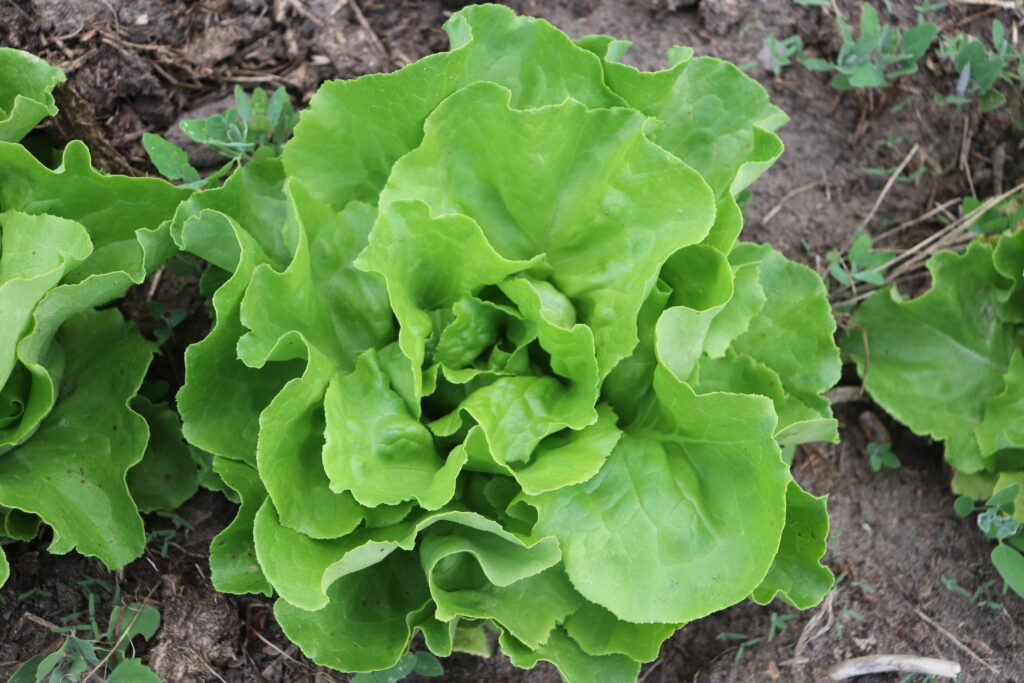
Do you know how to save the right seeds?
Every winter, vegetable gardeners immerse themselves in seed catalogues. Maybe you have favourite varieties that you return to season after season, always at the mercy of the seed companies to continue offering them. Maybe you like trying new varieties and you are shocked by the number of seeds you buy every year.
In either case, you can benefit from learning to save the right seeds from your garden vegetables! Read on to see how you can easily save the right seeds for your next growing season.
Why save seeds?
Maintain crop diversity
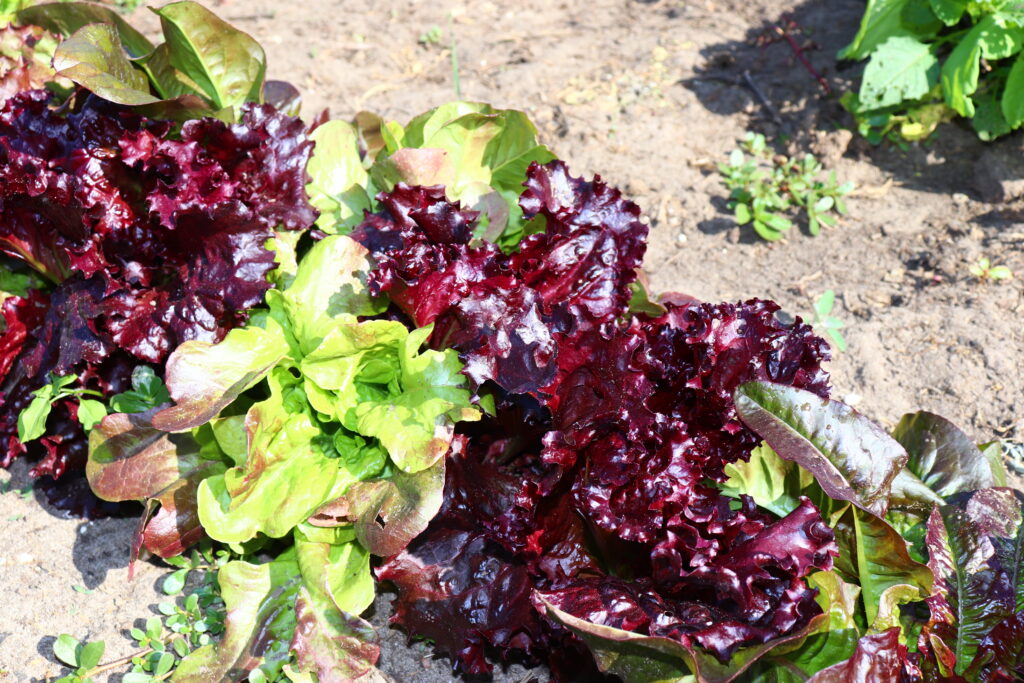
This mix of lettuce plants shows the diversity in leaf shape, colour and head formation. It would be difficult to find this amount of diversity at a typical store.
Aside from the two reasons above, seed saving is an important way for citizens to maintain the diversity of food crops. According to the UN’s Food and Agriculture Organization, 75% of crop varieties have been lost since 1900 (FAO). An easy way a home gardener can help is to save vegetable seeds from their garden or join a seed-saving organization.
Connection to people, past, and places
You may be fortunate to have a family variety that you preserve. You can even connect to the past or distant places without a family seed. Seeds often have rich stories attached to them. After travelling to another country, I have found myself searching for seeds from that place to grow in my garden.
Maybe you enjoy a particular cuisine. Growing varieties from that culinary heritage is another good reason to source those unique vegetable varieties.
Community
Once you get into seed saving, you will have seed to share: with neighbours, family, friends, and your local seed swap. You will inherently save the seed of your favourite vegetables and want to share them with others. For a gardener, what could be a better present than seeds?
Let’s look at how to grow a garden for seed saving. Then we will look at some considerations for seed harvest and storage.
Save the Right Seeds – It all starts with Planting the Right Choices
Species of vegetable
You first need to know the species name of your vegetable crop. To save pure seeds from your vegetable garden, you need pollination of one variety with itself. You want to avoid pollination of two varieties of the same species.
Example:
- Basil is the common name for the species Ocimum basilicum.
- Genovese and Thai are two varieties of basil.
- Saved seed should be purely Genovese or purely Thai and not a mix of the two.
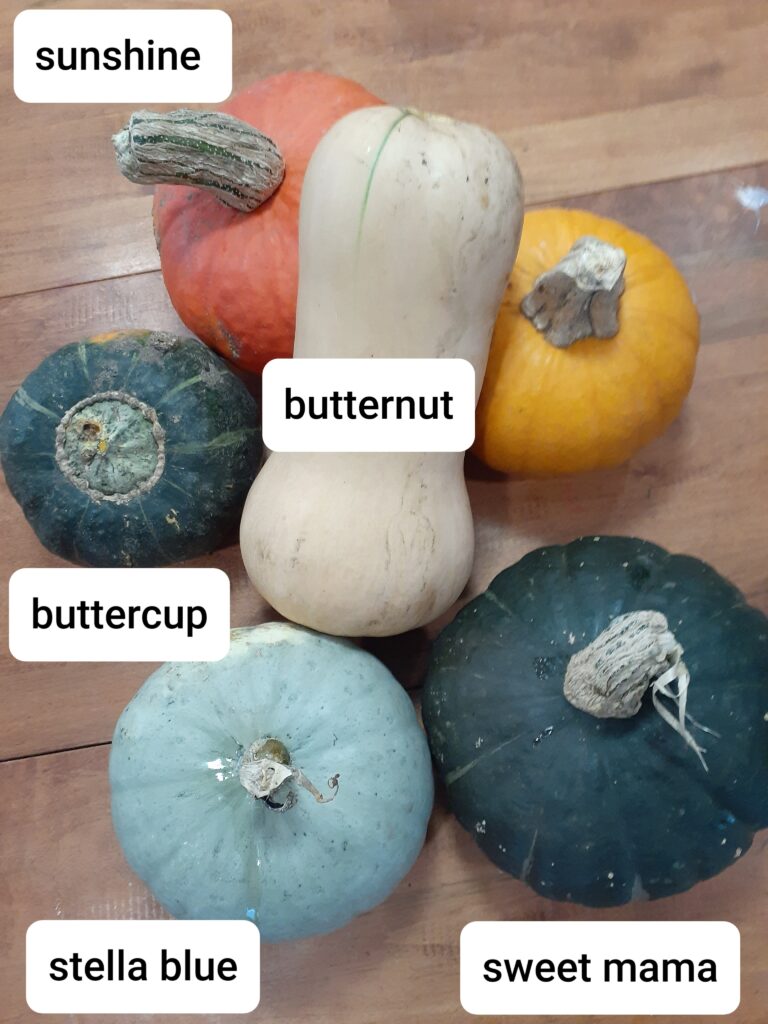
These are all squash but different species! Cucurbita maxima is represented by buttercup, stella blue, sunshine and sweet mama. Butternut is the species C. moschata. The orange squash on the top right is the species C. pepo. One variety of each species could be planted in the garden with no isolation distance since they wouldn’t cross-pollinate.
Varieties
Next, you need to look at the variety you wish to save and see if it is hybrid or open-pollinated. When an open-pollinated plant is crossed with another member of the same variety, it produces seeds that will make the same vegetable.
Example:
- Hungarian Heart tomatoes are huge, tasty, and heart-shaped. What’s not to love?
- Seed is made when Hungarian Heart pollinates a Hungarian Heart flower.
- When those seeds are planted, more big, tasty and hearty Hungarian Heart tomatoes result.
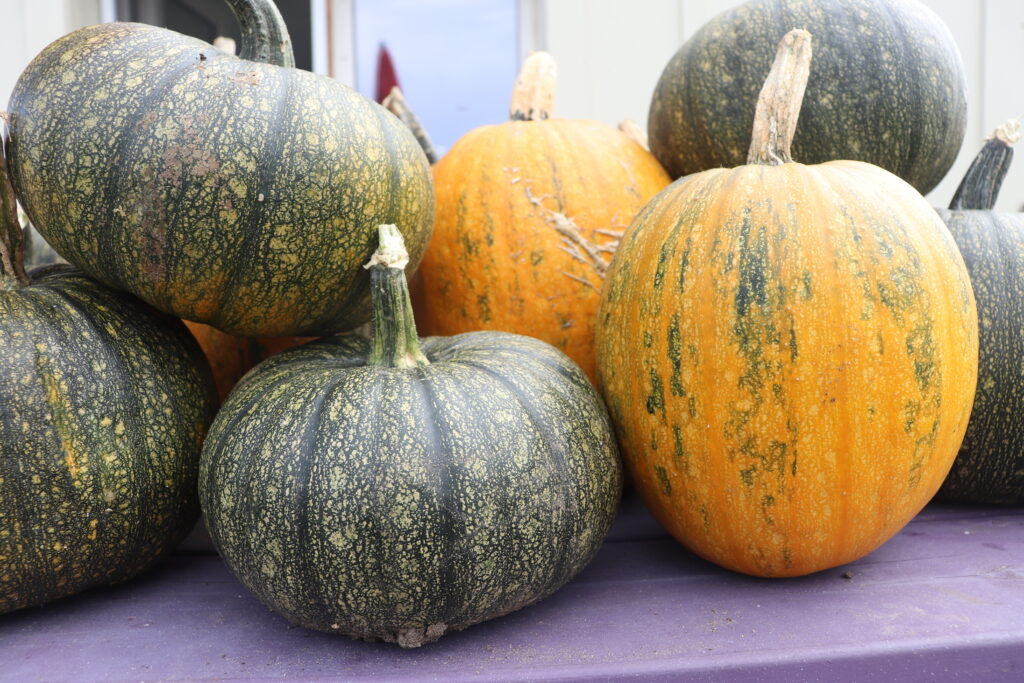
Three varieties of pepitas pumpkins grown for their tender seed: naked bear hybrid (foreground), Lady Godiva hybrid (right) and Styrian (back left). Only the Styrian could be saved in this case because it is open-pollinated and was grown 2 km from the others.
If the variety is a hybrid, you can’t save the right seeds as you won’t have pure seed. When two different parent varieties are crossed, hybrid seed is made. Unless you have access to those parents (and that’s usually proprietary knowledge), then you can’t replicate the hybrid variety.
Example:
- Mountain magic tomato is my favourite small tomato with excellent disease resistance.
- It is made by crossing two varieties that aren’t available to home gardeners and is restricted to a seed company.
- I have lots of mountain magic tomatoes in my garden, but when those seeds grow the next year, the tomatoes are a mix of colours, sizes and all are fairly gross tasting.
Pollination method
How are your plants pollinated? This website provides an in-depth description of flower anatomy as it relates to pollination. For brevity, we will divide flowers into those that more often self-pollinate and those that more often outbreed.
- If the terminology is getting a bit overwhelming, check out this website for definitions.
Self-pollinators: These plants are able to produce seed from pollination within the same plant. Some plants, like lettuce, are pollinated before the flower even opens! Many plants that are capable of self-pollination will still cross with other plants of the same species if planted close enough.
Example: beans (Phaseolus vulgaris), lettuce (Lactuca sativa)
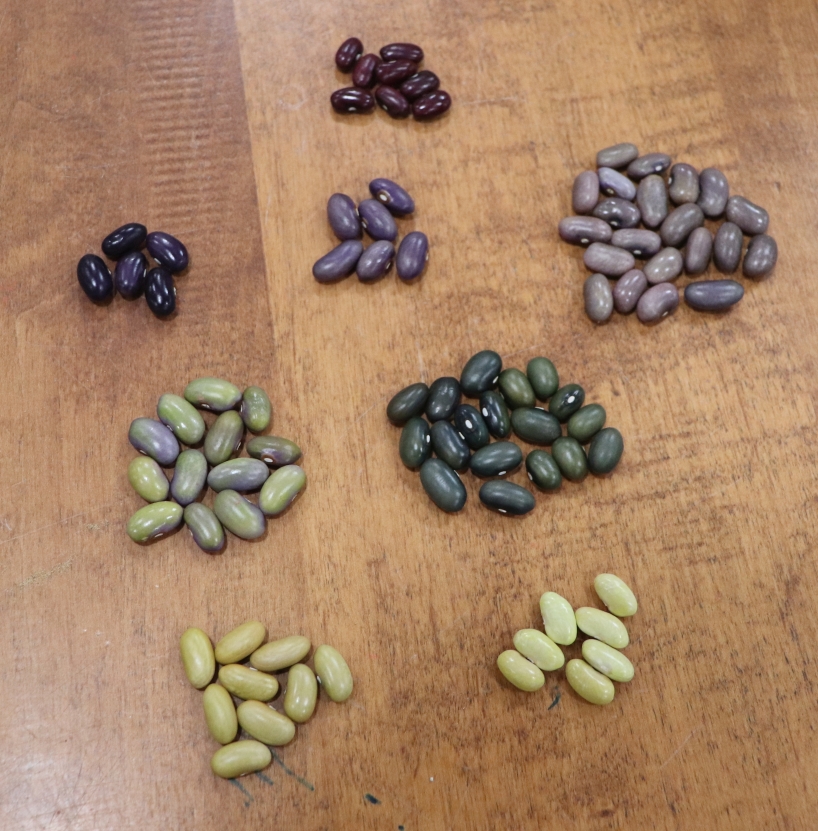
Although beans are very self-pollinating, they will cross-pollinate if the vines intermingle enough and there is a lot of insect activity. These beans were all collected from crosses between red macuazlito (top middle) and yellow mayocoba (bottom left).
Outbreeders: These plants are incapable of producing seed from pollination within the same plant. These plants must rely on pollen from another plant to fertilize eggs on the plant that will produce seed.
Example: peppers (Capsicum annuum), eggplant (Solanum melongena)
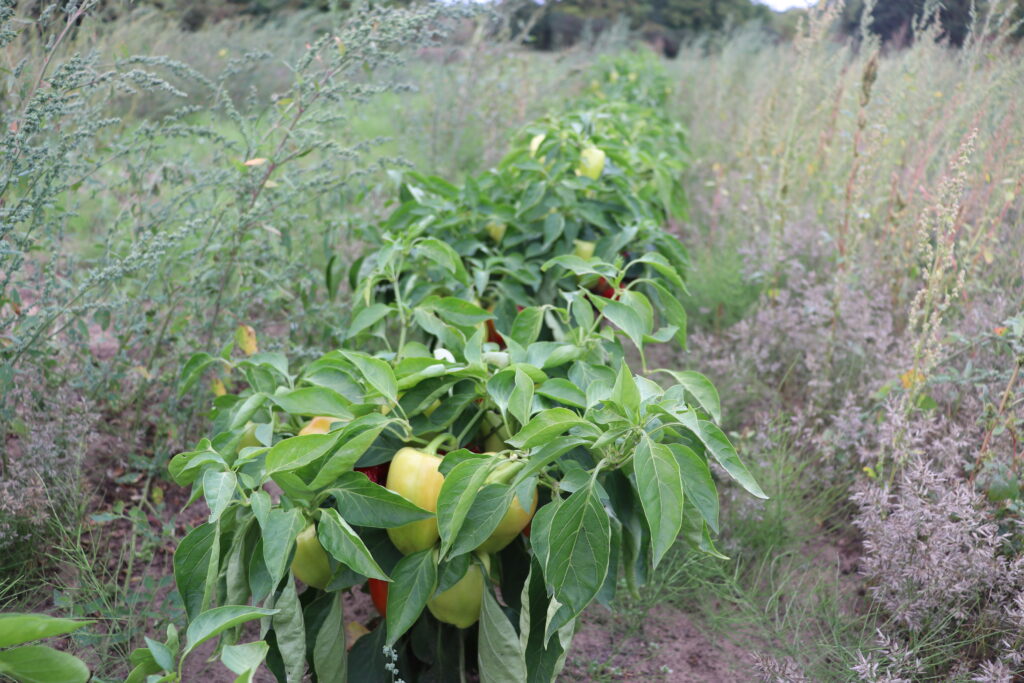
These Giant Szegedi pepper plants must receive pollen from another plant to form seed and fruit. This variety was grown isolated from other C. annuum peppers to allow seed to be saved.
To check the pollination method of a vegetable you are interested in, see this table.
For plants that are outbreeders, there must be a vector for the pollen, since the plant won’t accept its own pollen.
Wind pollination: These flowers are usually unattractive and without scent. The wind carries pollen long distances to female flowers of the same species.
Example: corn (Zea mays), spinach (Spinacea oleracea)
Insect pollination: Insects visit male flowers and carry pollen to female flowers.
Example: squashes (Cucurbita pepo, C.maxima, C. moschata), Brassica family members: broccoli, cauliflower, mustard greens, kale.
Isolation Distance
Why does this matter? Self-pollinating plants do not need to be separated very far apart.
Example: These self-pollinating vegetables only requires 3 m of isolation distance from other varieties to ensure pure seed.
- tomatoes (Solanum lycopersicum)
- beans (Phaseolus vulgaris)
- peas
- lettuce
Insects
Insect pollinated plants need a greater isolation distance because insects can travel far with pollen from one plant to a distant plant.
Example: Spaghetti squash (C. pepo) must be 500 m apart to ensure no insect pollinates a flower with pollen from a zucchini plant (also C. pepo).
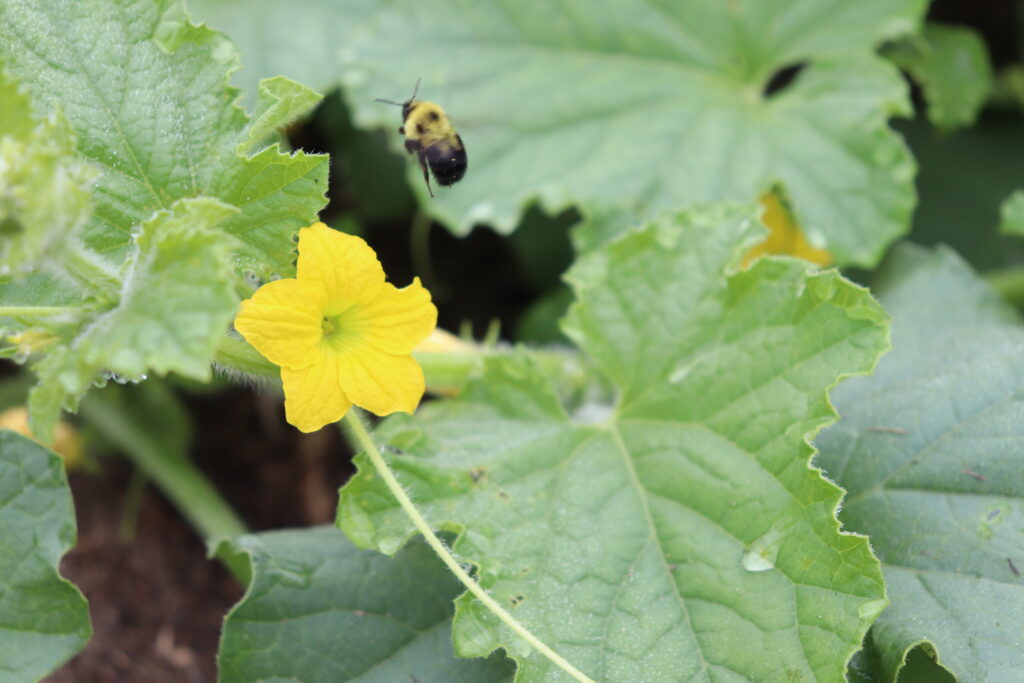
Where do you think you’re going with that pollen, bumble bee? His answer: “up to 500 m away to pollinate another cucumber plant.”
Wind
Wind pollinated plants need the greatest isolation distance. Pollen is small and can travel far on the wind.
Example: Chard variety ‘rainbow chard’ and ‘green perpetual’ (both Betula vulgaris) must be 1 km apart to ensure no cross-pollination.
Weeds
To complicate matters further, the weeds in our gardens and along roadsides and natural areas can belong to the same species as garden plants.
Example: Wild carrot and garden carrot are both Daucus carota, and require 500 m isolation distance to ensure no cross-pollination.
Pollination Tip – if you garden in a populous area, to save the right seed you either:
- only save seed from self-pollinating plants or
- for outbreeding plants, be aware of the plants and weeds of that species within the isolation distance. If your plant is the only variety of that species, you don’t need to worry.
Example: Arugula (Eruca sativa) is insect-pollinated and requires a 500 m isolation distance. I can safely save seed from it because no one near me grows it and no weeds are this species.
Population Size
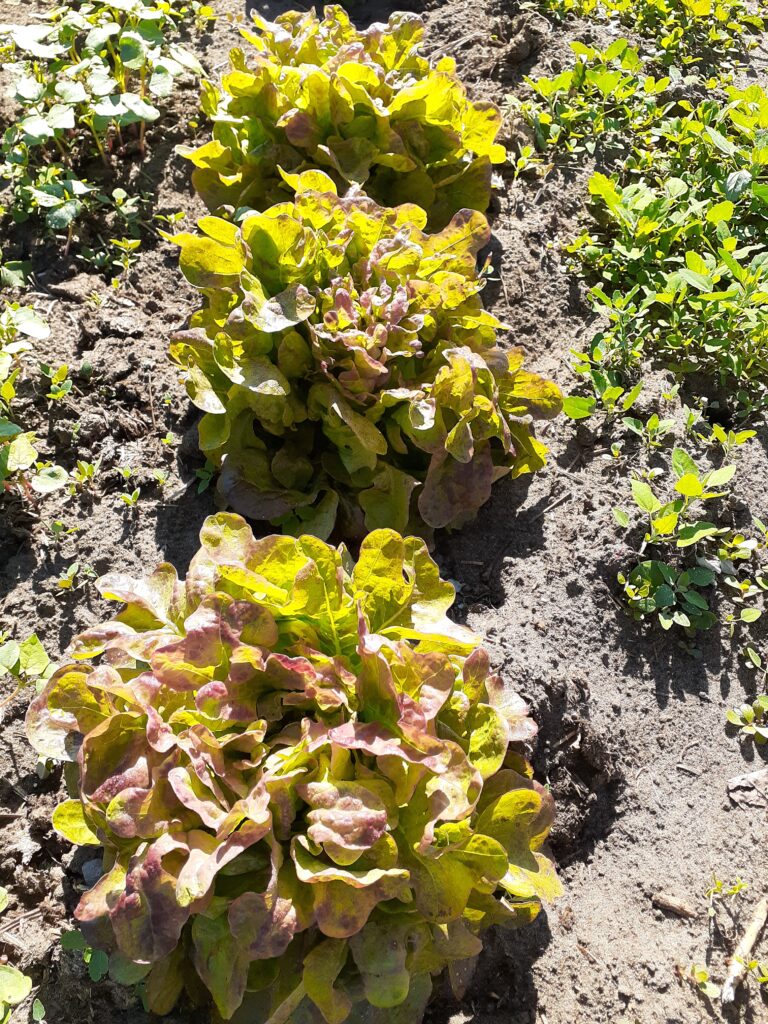
This row of Hungarian winter lettuce was planted specifically for seed saving. The next closest lettuce variety was 3 m away.
When you save seeds from your garden vegetables, you are choosing which genes make it into the next generation. If you only save seed from one plant, you will limit the genetic diversity of your crop in the next season. In this case, to save the right seed, try to allow as many plants as is reasonably possible to mature so you can collect seed from many rather than one. Keep in mind the length of time to produce seed is greater than the regular harvest window and your plants will be larger than normal if you are growing them for seed.
Example: Lettuce is normally a compact head that is harvested within a month of transplanting. Growing lettuce for seed means allowing the plants to bolt and flower, then produce seeds. This process results in larger plants and takes at least twice as long.
Harvest
Harvest the seeds when they are mature. Harvesting too early means the embryo inside the seed and its future food for germination haven’t finished establishing and the seed won’t germinate later. Harvesting too late for a wet seed means it may already have started germination or rotting.
Seed maturity is not necessarily the same time as optimum eating quality. For some crops, the seed is mature long after we would consider the fruit edible.
Example: Eggplant and cucumber seed is mature when the fruit’s background colour changes from whitish to yellow (you may need to look under the calyx of an eggplant to see the background colour). In both cases, the fruit is long past edible at this point.
Processing Seed
Now that you have harvested your seed, most of the hard work is over. You just need to ensure the seed is clean, then store it safely until planting next year.
Cleaning seed
Remove non-seed plant debris from the seeds. If the seed is small, like a lettuce seed, you can use a sieve that lets the seed pass through and keeps the chaff separate.
If the seed is larger, like a bean, you can winnow the seed. On a day that is windy enough to blow the chaff but not the seed, you can pass the seed from one container to another outside in a long stream. Aside from looking cool (like a seed version of stunt pouring drinks), the wind will blow away the chaff leaving you with clean seed.
Storage
Storage conditions and and intrinsic factors determine seed longevity. See this guide for details on each vegetable crop.
Conditions
You need to control the moisture and temperature to ensure your seed survives. Fully dry the seed before packing away. Store the seed at cool room temperature, or seal in an air-tight package and put in the fridge or freezer.
Summary – To save the right seeds:
Seed should be fully mature, dry, properly cleaned and they originated from either:
- several self-pollinating plants of a non-hybrid (aka pure) species or
- several open-pollinated plants of a non-hybrid when you’ve ensured appropriate isolation distance
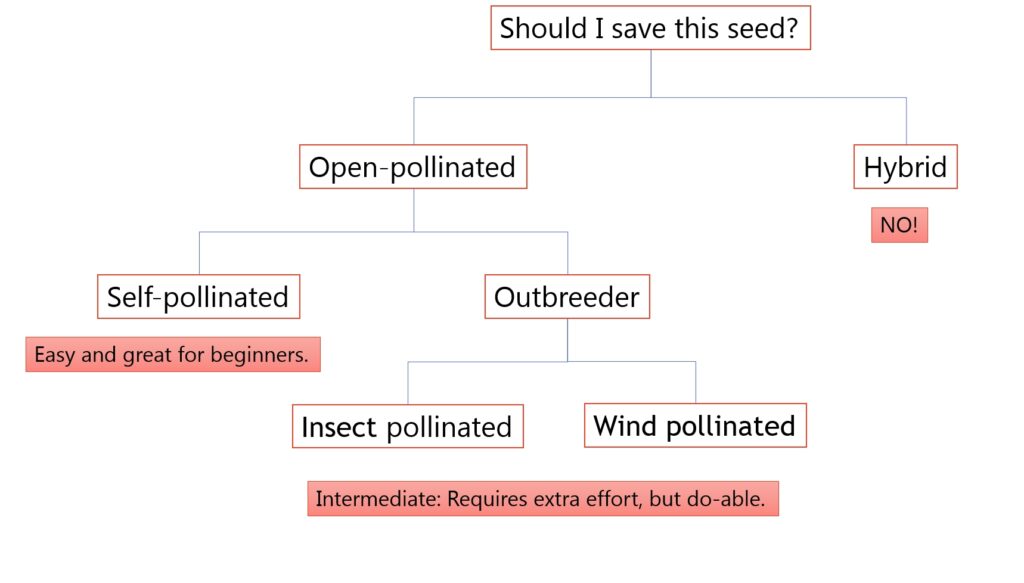
There are several considerations in whether to save seed of a particular variety. This decision tree summarizes them.
Germination Test
If you are sharing your seed, you should do a germination test to ensure the seed will grow. Indicate the per cent germination on your seed package. This is a good germination test how-to. To make sure your germination test is significant, don’t just test 3 seeds. At minimum test 10 seeds. Here’s a brief video from us that will demonstrate how easy it is to test seed viability.
[youtube https://www.youtube.com/watch?v=T_DeOpfcCs4]
Storage Containers
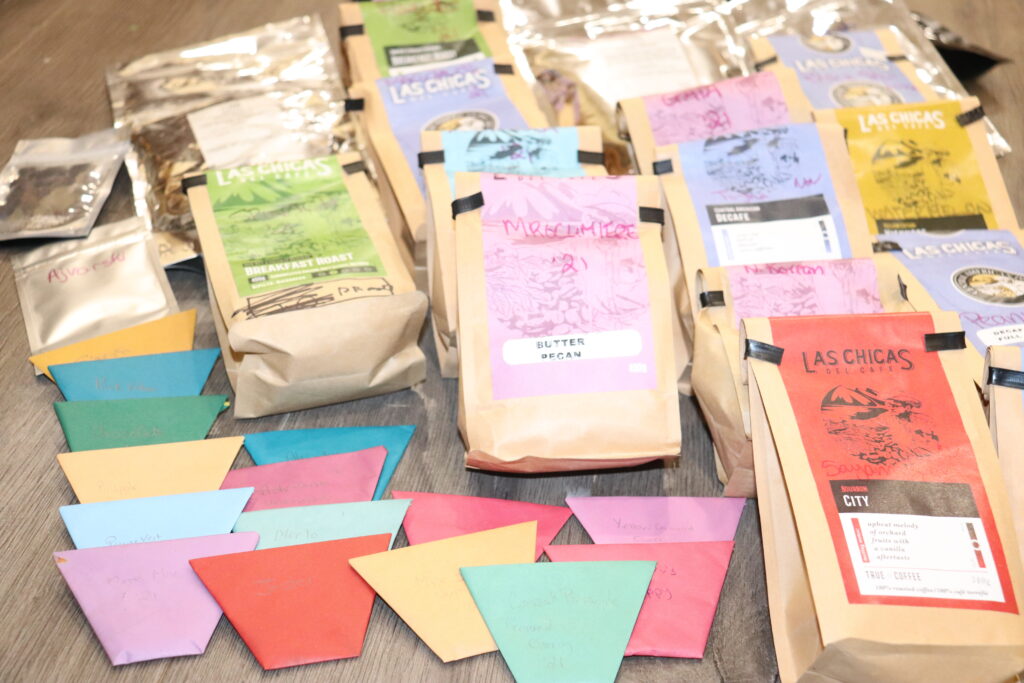
A season of seed collecting. Reused tea and coffee packages and origami cups store seed. (Tip: All that caffeine helps you collect seed faster.)
From the seed swap table at our Seedy Saturday event, I have seen the resourcefulness of seed savers. The common trend is to store your seed in a product that would otherwise have gone to a landfill or recycling.
Plastic containers have the advantage of being airtight. Old pill bottles are popular. Also, plastic food containers with lids, like those for yogurt, sour cream, cottage cheese are also popular.
Paper containers, like old envelopes, are less bulky than plastic. They are not airtight and if bugs get into the seed, they will have no problems chewing through paper.
I have found a good compromise by storing seed in paper packages then grouping according to variety in a plastic container. I make this little origami cup and fold the top flaps to the same size to close the container. It makes a great seed envelope.
Summary
With this knowledge, you can choose to save vegetable seeds in your garden next season. Start small with an easy crop and learn as you go. It just takes a little planning ahead of time, but the rewards are worth it.
References
1. Looking for something simpler? This website is a great primer on seed saving.
2. This article provides a scientific analysis of seed dormancy and seed longevity, with great descriptions in the introduction and discussion. Plant Physiol 2012. 160: 2083-2092
3. Seeds of Diversity has a fabulous guide on seed saving.



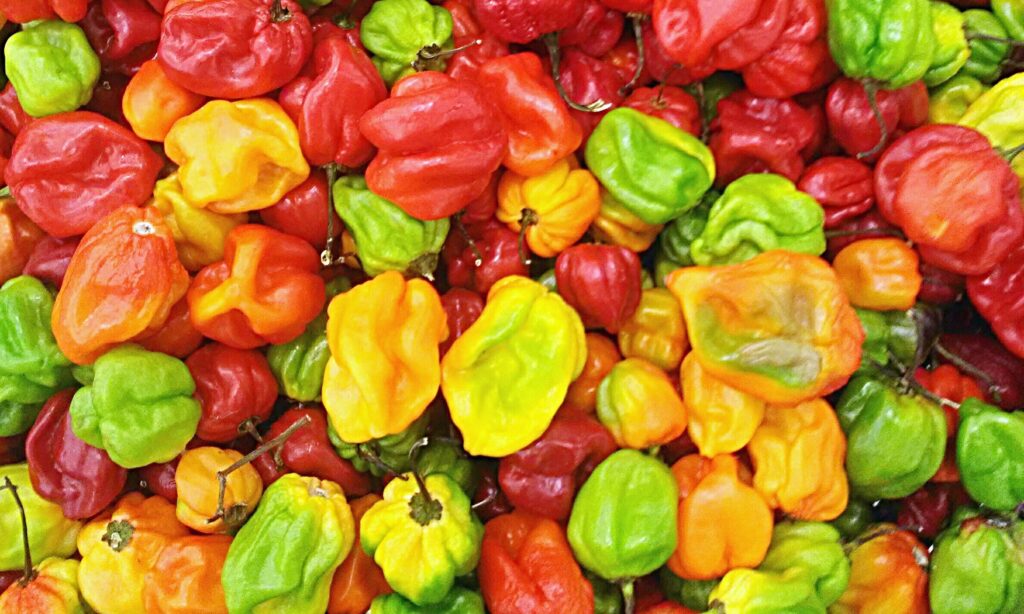
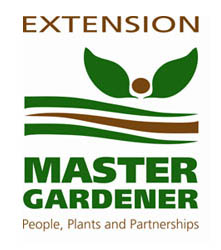
About The Author: Amy Turnbull
Scientist, researcher and professor at Fanshawe College. Avid grower of edibles in her home garden.
More posts by Amy Turnbull